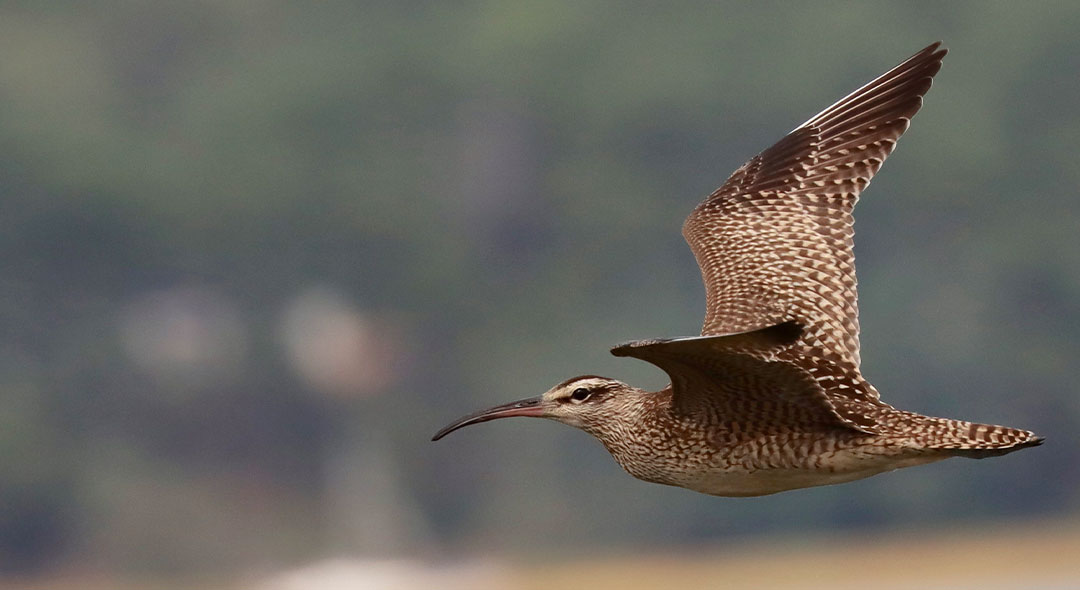The severity of the 2016 Gypsy Moth outbreak in southern New England has many landowners on edge as they anticipate another season of forest defoliation. What does the spring hatching season hold in store? The ample supply of eggs from the Gypsy Moth explosion in 2016 have completed hatching in most Massachusetts locations. The extent of the damage this year will partially depend on a continuation of the wet spring that we have experienced thus far and the effectiveness of the insect-killing fungus Entomophaga maimaiga. The drought conditions in 2015 and 2016 limited the impact of the fungus on moth populations. A continuation of wet conditions while the caterpillars are still young will be a key factor in reducing impacts as compared to last year.

What role has climate change played in the Gypsy Moth outbreak? One interesting line of research hypothesizes that the rapid warming of the Arctic relative to lower latitudes is causing changes in the jet stream that favor persistent weather patterns. These changes are potentially a factor in getting locked into a dry pattern like we experienced in 2016 or the wet pattern that has set up in the spring this year.
In the short run, one of the best strategies to protect high value trees is to treat them with Btk (Bacillus thuringiensis var. kurstaki) while the caterpillars are still young. The combined stress of the drought and multiple defoliations could push affected trees to mortality if the Gypsy Moth outbreak is significant this year.





 Back to all
Back to all